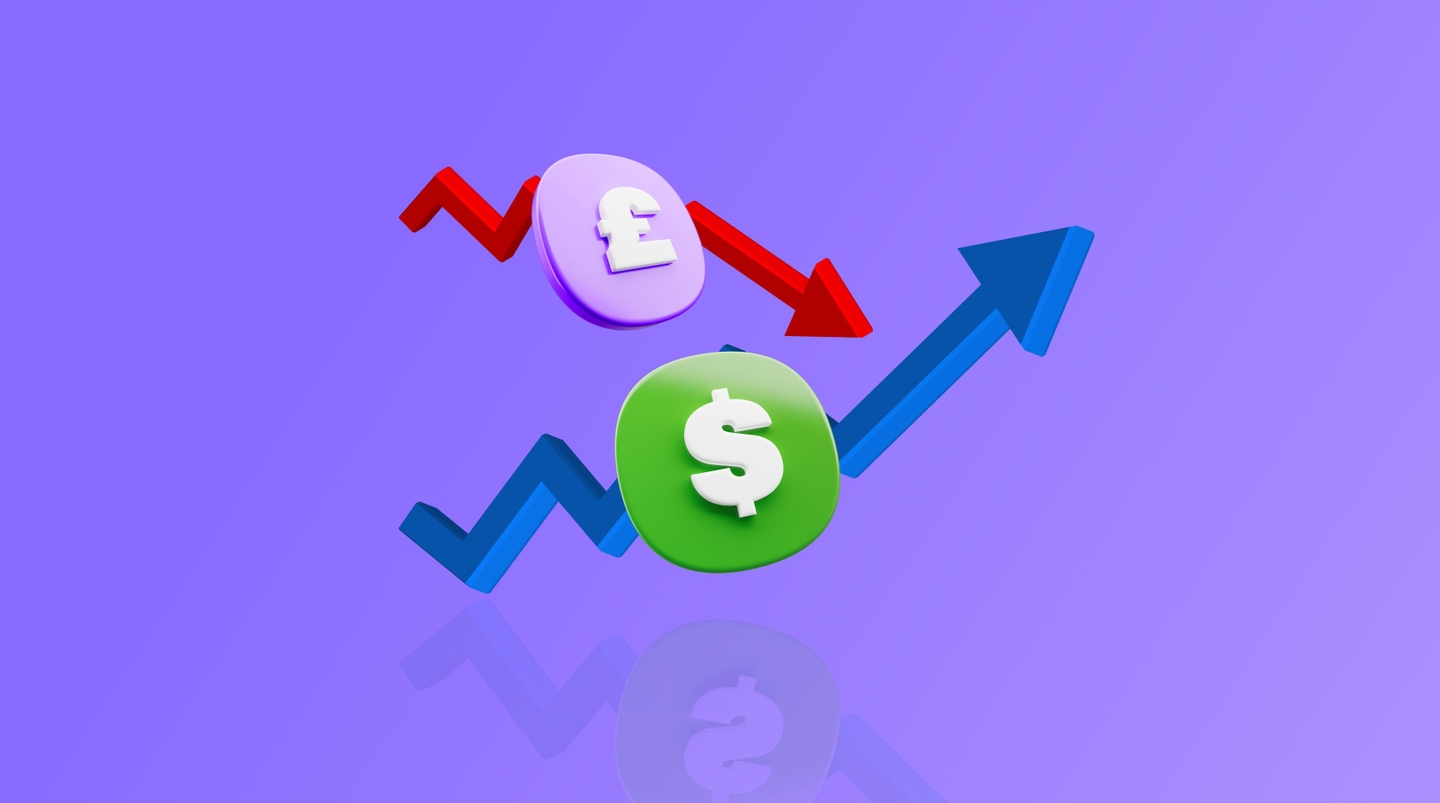Investors in the UK are relieved yesterday’s budget did not see a similar tumble to that seen back in September. The UK released their latest mini-budget, which included a range of tax increases and spending cuts. The Pound since the announcement came under pressure from a rise in the US Dollar but has since fully corrected.
UK Mini-Budget and the GBP
The mini-budget was very clearly aimed not at inflation, the cost of living and energy prices, all concerns at the top of citizen's lists. The mini-budget was instead aimed at satisfying investors as the government understandably tried to satisfy investors, mainly British Bonds and the Pound. According to the Office of Budget Responsibility, the UK economy is expected to instantly fall into a recession and decline by 1.4% in 2023 with inflation still remaining firmly above 7%.

GBP/USD 15-Min Chart on November 18th
The US Dollar and US Stocks
The US Dollar was supported by comments made by members of the FOMC such as Governor Mester and Jefferson. The price of the Dollar was supported by senior members confirming that even though they may consider a lower rate hike, it does not mean there is a change in the terminal rate. The FOMC members also made it very clear that they will not cut rates any time soon.
The US Dollar increased in value by 1.40% against the GBP, 0.83% against the Euro and 0.98% against the Yen. However, the Dollar could not hold onto gains against the Pound and Euro as the exchange rate fully corrected shortly after.
Lastly, the US stock market continues to move within a retracement but has not seen enough momentum to give indications of a downward trend. The stock market has also come under slight pressure from a poor performing cryptocurrency market, which has affected investors' risk appetite. Visa specifically came under specific pressure as it signed an agreement with FTX a month ago to issue debit cards with support in 40 countries around the world. However, analysts believe the stock may slightly rise further due to their positive earnings.
Crude Oil
During yesterday’s market analysis, we spoke about the asset forming a descending triangle. A descending triangle pattern is known to be a bearish signal but as explained yesterday, investors were looking for a bearish breakout. The breakout took place at $83.55 and triggered the price to decline by a further 2.88%. The price is now hovering at $81.87 and traders are waiting for a further breakout to potentially obtain further signals.

Crude Oil 30-Min Chart on November 18th
The downward trend was largely fuelled by poor economic data from China, which is the larger buyer of crude oil. The Chinese property market has already declined over the past few months, however, Moody experts have advised they predict the Chinese Property Market to decline between 10-15% throughout 2023. The Chinese government also confirmed another increase in COVID-19 cases, having investors worried another lockdown may be on the horizon.
In addition to this, the price came under pressure from recession talk coming from the UK Chancellor. The UK is the 11th highest importer of Crude Oil. The price also slightly declined as NATO and Russia both confirmed that the missile which hit Poland was not Russian made nor came from Russia.
Lastly, Crude Oil Inventories had significantly declined which can slightly support the price of Oil, but Gasoline inventories actually increased by more than 2 million barrels. The rise in gasoline stock is known to pressure the price.
Summary:
- The Office of Budget Responsibility confirms the UK economy is expected to instantly fall into a recession.
- UK announces their new mini-budget which includes tax increase and less public spending.
- The US Dollar slightly rises but is unable to hold onto gains. Fed members confirm the Fed will not pivot.
- Crude Oil under pressure from de-escalating tension between Poland and Russia, as well as poor economic data from China.
- Crude Oil inventories also decline, but Gasoline stocks increase by more than 2 million barrels.


